Email Marketing Strategy: Winning Foundation For Your Campaigns
In 1971, Ray Tomlinson sent the first email, marking the beginning of modern communication. The message was just a series of numbers and letters, traveling through a network of machines rather than the internet, but its significance was profound.
That very first email with the “@” in the email address was the foundation for what we have today: a gigantic and ever-changing email marketing industry. We are inundated with emails nowadays, sending over 290 billion daily. Yet, the power of email marketing is still undeniable - connecting with audiences, nurturing leads, promoting brands, and, of course, increasing sales.
So the question for us modern people is not how to send emails anymore, but it is how to stand out? The cutthroat inbox of a standard consumer is full of marketing messages, attention-seeking subject lines, and competitive brands. Finding the key to differentiate your emails is critical for any type of email campaign.
In this article, let’s see the holy key by unlocking the best and tested email marketing strategy used by the most successful email marketers. Then you can start seeing extraordinary results for any email goals - whether it is welcoming new subscribers, notifying an abandoned cart, or wishing someone a happy birthday.
Let’s get started!
What is email marketing strategy?
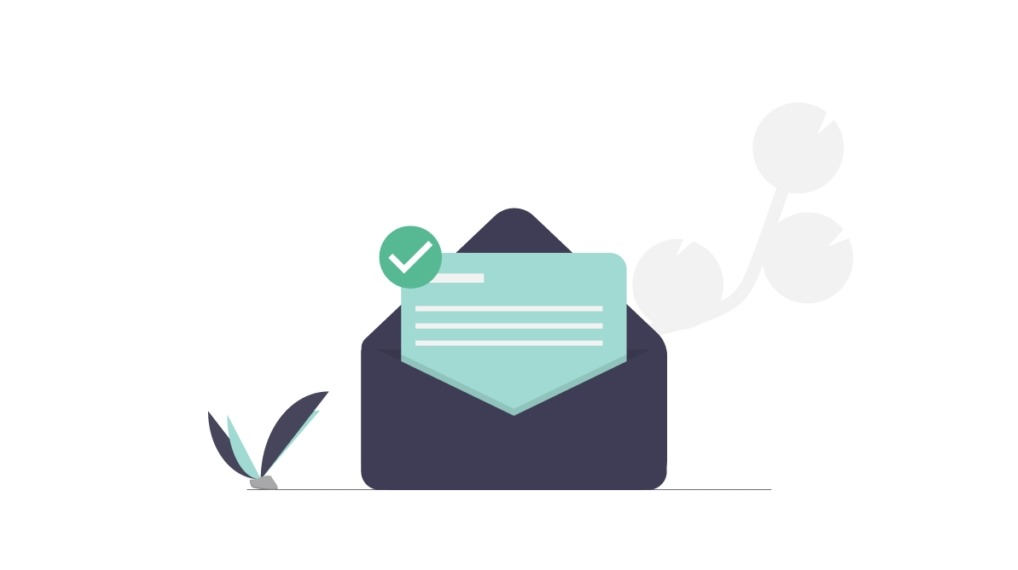
An email marketing strategy is a plan with procedures that a marketer creates and follows to achieve desired goals with email activities. This plan of action, either simple or complex, can give the businesses a better approach to an email communication channel with subscribers, prospects, and customers for brand promotion.
Without a clear strategy upfront, an email marketing campaign can lack structure and end up being difficult for recipients to make sense of or navigate.
If you want to create compelling emails, there are many questions to answer beforehand. What’s the purpose of your email strategy? Who is the target audience to send emails, and what do they expect to receive from your brand? What will success look like for this strategy and campaign?
It is your responsibility to find answers to these questions before creating any type of email. Otherwise, you may end up with a bunch of beautiful emails that are only opened by filtering softwares or by accident.
To make my point more clear, let’s see the reasons to create an email marketing strategy.
Why is email marketing strategy essential?
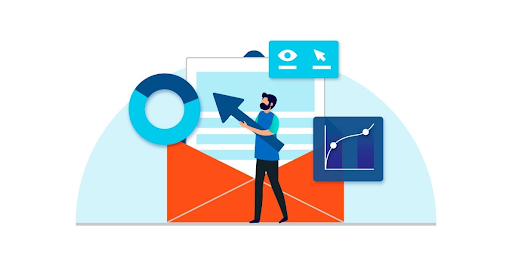
The most important and significant reasons for a business to create an email marketing strategy are as follows:
Lining email marketing with your business plans
Having an email marketing strategy allows marketers to layout and understand their email process ahead of time. If you have a more than medium-sized company, other business stakeholders can know or discuss what they should do at each given time, therefore ensuring synchronicity while implementing the email campaign.
A well-crafted email marketing strategy can help the company plan when to send non-promotional emails or time-based promotions.
Non-promotional emails are less sales-driven and more focused on establishing relationships or giving value to customers. While promotional emails tend to boost sales, marketers use non-promotional emails to determine the interests of their subscribers, then create better content for engagement with mailing list segmentation. With these emails, they can follow up with more personalized email messages that help nurturing and strengthening relationships with customers or prospects, respectively.
On the other hand, time-based promotions emails contain time-sensitive messages which prompt recipients to take a certain action. For example, a campaign can encourage subscribers to purchase a discounted product, recheck their abandoned cart, or share the email to friends. For these promotions, marketers can plan a short three-part marketing email series consisting of an announcement, a reminder, and the last chance.
You can find such email workflows in our app - AVADA Email Marketing.
Testing for the best email practices
In the context of strategy, best practices refer to the tips and tricks that an email marketer uses to push their activities and achieve the set goals. An example of this could be them deciding to use a tactic like “starting a cart-abandonment program to retrieve a desired number of lost sales.”
By having an email marketing strategy with specific goals, campaigns can go on knowing that they will leave data for future optimization. Marketers can see if their goals are met or not at the end of the campaign and decide following actions. A/B testing or other adjustments are also considered a part of an email marketing strategy.
Measuring the email campaign results
An email marketing strategy spells out all the goals a business intends to achieve with their email campaigns. A company needs to create marketing objectives beforehand to give it campaigns a sense of direction when implementing. Other than that, email marketing strategies help both marketers and business owners evaluate the effectiveness of email marketing activities.
For example, rather than taking action only when the campaign has ended, an email marketer can look at a data report and inform the business owner to continue or stop the campaign. Such action can be done by having a rule during the strategy process, like “Stop the campaign when the open rate is below 10%.”
How to create a winning email marketing strategy
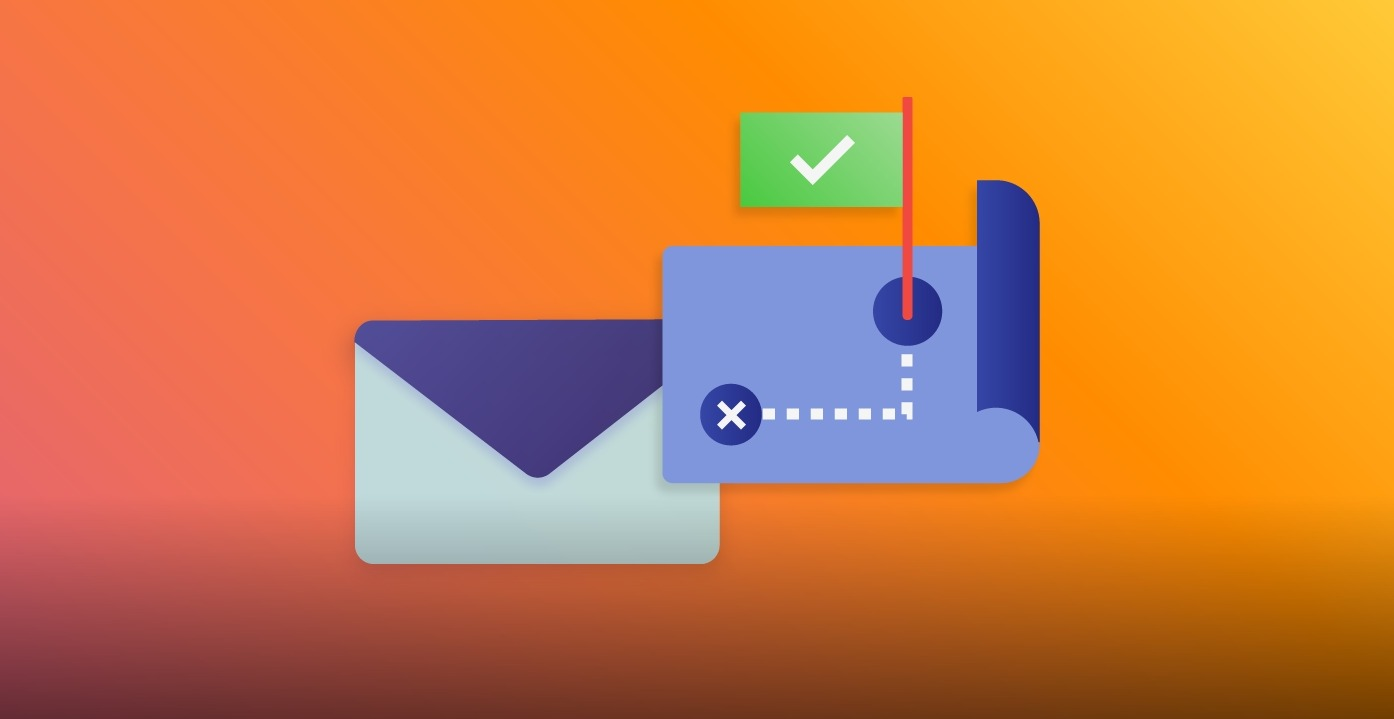
Now, let’s look at the essential steps that marketers need to follow to develop an excellent marketing strategy.
1. Set clear goals
Email marketing serves to fulfill the following purposes:
-
Maximize ROI
-
Increase customer engagement
-
Raise customer loyalty
-
Maintain relationships with recipients (subscribers or not)
Marketers thus need to create email campaigns that are in line with any of these or other goals that you may come up. But, in general, an email marketing strategy’s goals should be in the medium term, about three to six months. Because email marketing is still a part of a bigger marketing strategy, it should have enough freedom to adjust.
2. Pick the suitable email marketing tools
Finding the right tools is the very first step to create an email marketing strategy. An Email Service Provider (ESP) will provide marketers with automation tools, among other useful features like email designing, autoflow creation, and opt-in widget. By knowing what they have in their arsenal, email marketers can create a more fitting strategy.
Talking about that, AVADA Email Marketing is definitely a tool for you to create, organize, and send email campaigns like a piece of cake.
Users can follow up on their customers’ activities and send the right emails at the right time. How about setting up an welcome email series for onboarding new customers? Or abandoned cart emails to get potential buyers to take action on the items they left in the cart? Or installing an opt-in form to collect email addresses more efficiently? AVADA Email Marketing has all of those tools.
Register right now to have a powerful tool and empower your email marketing strategy with AVADA Email Marketing. The app is free to install and start using, so you take no risk at all.
3. Define the target audience
No matter what you sell, you should always have a clear idea of who your audience is to effectively communicate through emails. From this, marketers will be able to build a subscriber list and identify the target audience for every message.
Case in point, if a specific business sells streetwear clothes, then its target audience primarily comprises modern young demographic living in the cities. Then, your email marketing strategies and activities will make sense to use conventional means to reach this group of people and collect email addresses.
AVADA Email Marketing lets you dig a bit deeper to segment users within your subscriber list so you can send them highly personalized and targeted emails - which is vital in increasing engagement, building trustful relationships, and generating greater ROI.
4. Identify the signup sources
The most valuable data a signup form has to offer is where and how subscribers sign up for your email list. With this knowledge, you can grow your subscriber list through subscription forms. If you’re an eCommerce business with the store connected to AVADA Email Marketing, knowing where people joined your list gives you a better idea of the way to communicate with them and where you want to focus your marketing efforts with suitable tools.
The most common signup form is the subscription form - which you add to your site and gain quality subscribers who are ready to receive emails from your brand. You can embed attractive forms on any page of your website, but pages with high traffic are preferable.
Besides subscription form, you also have add-to-cart popups, spin to win, inline box, SMS, and also in-person communication to let consumers sign up.
5. Segments and groups the email list

Once you’ve had an email list and identified smaller groups of consumers within your larger audience, you can create groups and segments to send more personalized and relevant emails to your recipients, The more relevant the campaign is, the better the results are.
There are campaigns that you’ll want to send to the entire list. But by segmenting users and making the most of AVADA Email Marketing’s segmentation tools, you can significantly increase the click-through rates and orders your email campaigns generate.
You can segment your email list based on gender, location, occupation, age, behavior on site, etc. In the example above, I created two segments based on behaviors: first group is subscribers and second group is the people who interacted with my exit-intent popup. For each group, I can have a different email series with different offers to keep them engaged.
6. Decide which types of emails to send
Now that you know who you’re going to write to, it’s time to think about your types of emails. There’s a great variety of email types that marketers send. The choice of style will depend on your aim for each specific campaign.
For example, if a customer just joined your mailing list, you can send them a welcome email - which is a great opportunity to explain the benefits of buying from you. If buyers have added some items to the shopping cart and haven’t bought them, send them an abandoned cart email to potentially retrieve sales.
You want to send emails with clear purpose, that really communicate with your subscribers. So keep in mind what they signed up for when they entered that email address.
7. Create a schedule
There’s nothing set in stone about the frequency of sending emails to your customers, but if you send too often, you risk the chance of tiring out your recipients and they can unsubscribe altogether. Choose to send your email campaign at a reasonable pace, and check the click through rates and the unsubscribe rates to adjust the frequency if necessary.
Also, to ensure that subscribers would check out your promotional emails, test to find out the best time (days and hours) for sending emails. An automation feature with A/B testing from your email service provider can easily help you achieve this.
8. Pre-design your email
For email marketing to be efficient, messages in all emails should be presented perfectly. Therefore, with an email marketing strategy, you should pre-design your emails to make sure the components are relevant and go well together.
When I talk about pre-design, I mean you should choose formats, fonts, and text sizes pre-hand, depending on the type of emails that you want to create. With AVADA Email Marketing you can use a drag-and-drop editor to design beautiful email templates that perfectly match your brand.
9. Optimize your emails
At this step, you should define the ways you would optimize your emails before, during and after the campaign. This can be changing the content to reach more audience, adjusting the length of the subject lines, or testing the CTAs (Call to Action) buttons. Also, don’t forget to see if your emails are optimized for mobile devices.
10. Monitor performance reports and conduct testing
Adjusting based on data reports and feedback that your campaigns have gathered is the last step for refining an email marketing strategy. With AVADA Email Marketing, users are provided with a set of analytics that aids in gauging the results of email campaigns. Track email open rate, click-through rates, email deliveries, unsubscribe rate, email bounces, spam complaints, etc.
Then marketers can use A/B testing to determine what version of the emails work best by swapping out different components, such as subject lines, CTAs, headlines, images, offers, and so forth.
By the end of this process, you should have a fully-functioning email strategy with actionable steps, ready to go into action for your business.
Advanced email marketing strategies
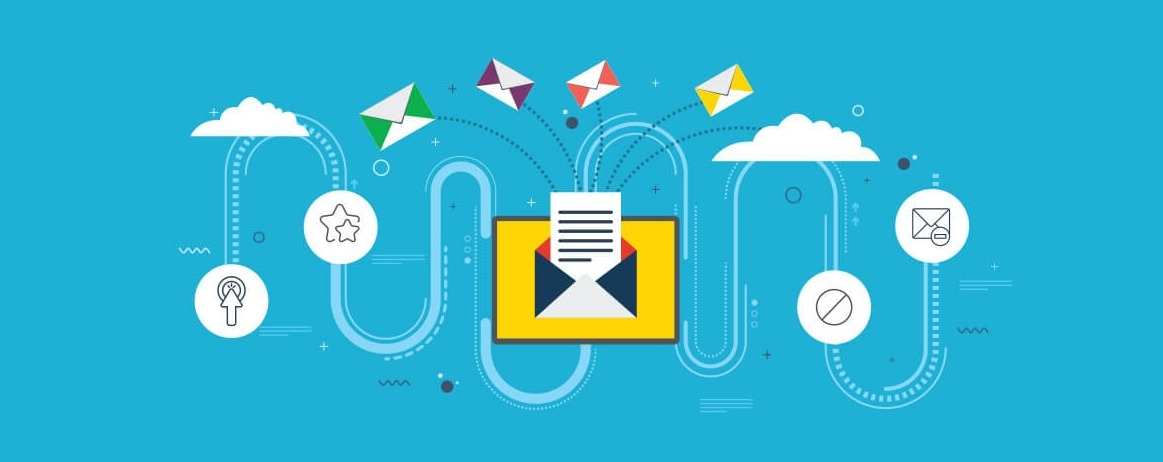
The best way to maximize your campaign’s gains is to pair a robust marketing automation system with a fantastic email marketing strategy that reflects the customers’ needs and the buyer journey.
Here are some advanced email marketing strategies for you to put into practice this year:
Create highly-personalized email campaigns
Sometimes the most obvious strategy can be the hardest to master. Segmenting as well as personalizing emails is an essential technique to send relevant emails to specific subscribers - which offers significant returns but not many marketers know how to achieve the best results.
Starting your emails with “Dear [Real first name]” instead of “Dear random customer” can already make a world of difference. Take email personalization a step farther by customizing your CTA. Focus on understanding your customers and their positions in the buying journey.
I mentioned segmenting, but here are more advanced segmentation methods with examples:
-
Open and click-through rates: Knowing engaged customers versus inactive customers is valuable. Email campaigns announcing a new product should include the most engaged customers, while re-engagement campaigns should aim to try and entice the inactive subscribers.
-
Interests: This is a big personalization method, and Amazon is a prime example of how much impact you can have. Recommendation items (cross sell or upsell) based on purchase history offers a more personalized email that is more likely to drive engagement and a purchase.
-
Location: Businesses of local service obviously need to target local customers, but even if your company is regional, national, or global, your campaigns can also benefit from personalization based on location. Consider creating special campaigns for customers in locations with high potential based on regional events or your business strategy.
-
Phase in the buying lifecycle: Emails that target customers based on their position in the customer lifecycle is perhaps one of the best yet underused ways to reach the audience. With AVADA Email Marketing, you can have premade templates for welcome, re-engagement, follow-up, thank you, and confirmation emails.
Marketing automation combined with a personalized email marketing strategy can create a sophisticated personalization experience, bringing your customers closer than ever. Use it and love it.
Create automated drip email campaigns
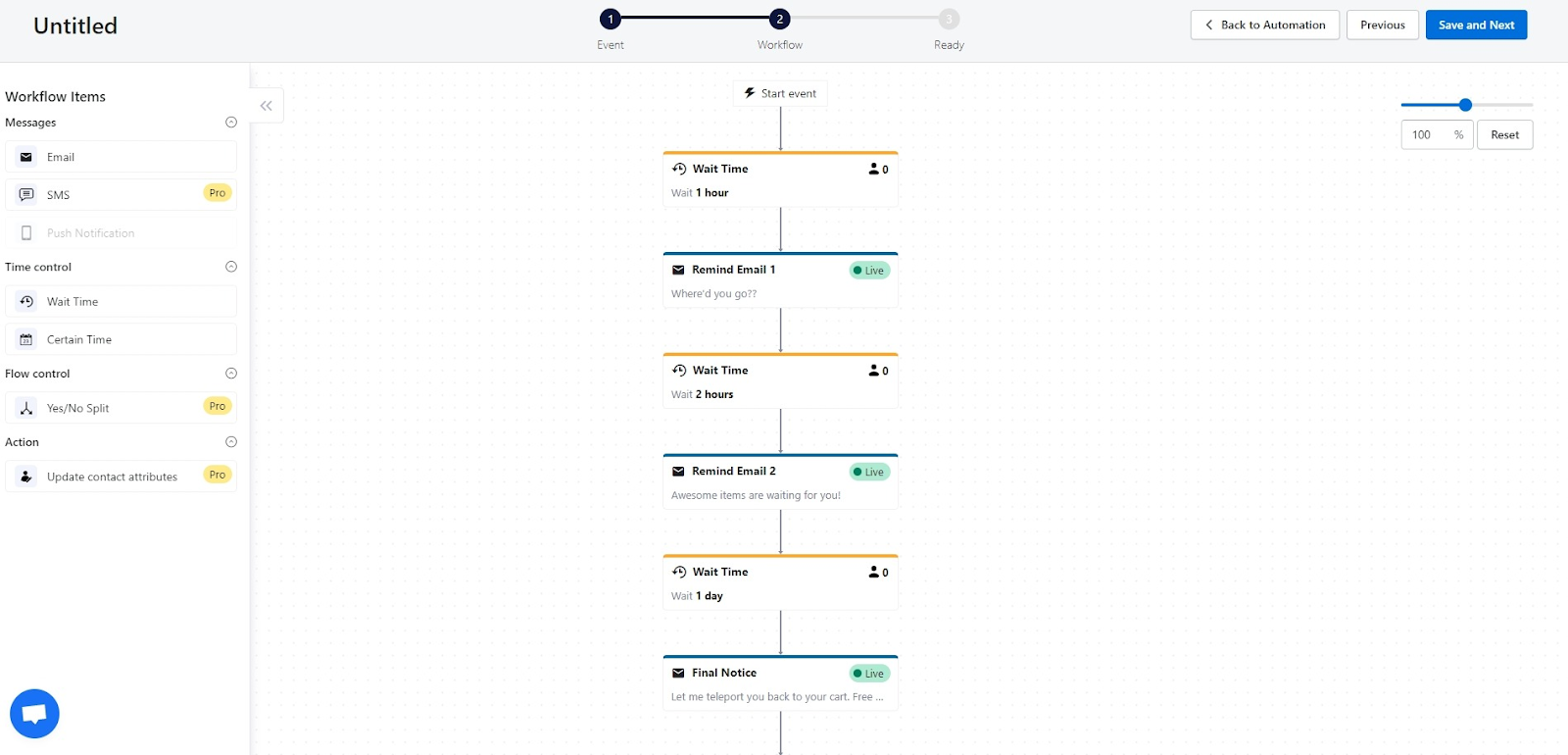
A drip email campaign is a series of scheduled marketing emails that automatically send after a particular trigger. These drip campaigns can help turn prospects into leads, leads into customers, and even turn customers into highly engaged ones.
Drip campaigns can be configured by an email service provider to respond to certain customer behavior triggers like a new purchase, a new subscriber, or a resource download request. When this action is recorded in the email tool, it triggers a drip campaign workflow, which sends follow-up messages after a preset time interval.
A trigger can also be the behavior of a passive customer, for example: not logging in to use your service for a while, not opening your last few emails, or downloading a product without downloading the tutorial. These types of drip email campaigns can help re-engage customers or subscribers who were moving through the customer lifecycle but have stopped their process somehow.
A drip email campaign paired with marketing automation can help you:
-
Educate your leads about your product.
-
Move leads through the sales funnel faster.
-
Give your leads a better chance to engage with your content.
-
Re-engage inactive customers.
-
Reward most engaged customers with special offers or info.
-
Encourage customers to try related products or higher versions.
Create full-funnel campaigns
A sales funnel used to be simple: your customers enter the top of the funnel and then some come out the bottom with a purchase and retention rate. Omnichannel marketing has made the funnel much more complicated, now you have to take care of customers pre- and post-purchase as well.
Full-funnel marketing is a marketing strategy that focuses on spending your effort on the most valuable, profitable returns. It has also evolved the traditional funnel into a customer lifecycle that includes pre- and post-purchase phases, as mentioned earlier.
Here’s a walk-through of the customer lifecycle integrated with full-funnel marketing:
-
Awareness: This is the first stage where customers find out about your product, so be sure to provide information and relevance. Or in other words, deliver engaging content rather than pushing for a sale.
-
Engagement: This stage provides education and then indicates the benefits of the product, providing a light sales relationship. This is where buyers often abandon the sales, so get your re-engagement email campaigns ready.
-
Purchase: This phase is where you drive the sale with a free trial or discount offer. Messages now can be much more direct and sales-oriented because customers have shown their purchasing intention.
-
Retention/Loyalty and Growth: Now the customer has purchased a product, used it, and kept coming back. Your email marketing campaigns in this stage should focus on maximizing the value of the product, finding new ways to use it, and potentially recommending other related products or services.
-
Advocacy: Identify your happiest customers and check if they are ready to spread the word about your brand with a review or testimonial. If you have a referral program that offers rewards for bringing in new customers, make sure this program is an important part of your email marketing strategy for loyal customers.
In this customer lifecycle, customers can skip or repeat phases. But with an email marketing strategy for a full-funnel, you can gain insights into where your efforts pay off the most, no matter where they hit customers in the life cycle.
Create interactive campaigns
Every stage of your email marketing strategy should have engaging content because customers will be more likely to engage, learn about products, and then purchase. Humans have an incredibly short attention span now, so it is more vital than ever to gain some attention.
Here’s some interactive content that you can include in your emails:
-
Video: with video, visual and sound can attract your readers better, but remember that the higher the customer is in the life cycle, the shorter your video should be. Also, visual content is 40 times more likely to be shared on social networks.
-
Infographics: As one of the most sharable forms of content, infographics can help you increase a significant amount of traffic. When creating one, tailor it to your audience, make it easy to read, and offer real value.
-
Images and GIFs: Upgrade your text emails with GIFs, background images, and unique fonts can help engage with customers more. Be sure your images are high-resolution and texts are legible - an unprofessional email can send customers running pretty fast.
-
Surveys/polls/quizzes: Keep them short, interesting and select questions that can gain insights into your subscribers.
-
Calculators: This offers customers more value than you think with minimal effort on their parts. Customers can have an instant clarification and solve their problems, which also boost your brand images for those who are not ready to commit.
Keep in mind that not every email needs to be a sales pitch. Sometimes emails that provide entertainment for customers can really help your brand stand out.
Tips for a better email marketing strategy
A well-crafted email marketing strategy should be well-structured and detailed. Note that the size of your strategy depends a lot on your business, meaning if you are a small business, you should only need to automate one or two communication touchpoints with emails to see the difference in results.
To help you, here are some more tips to equip your email marketing strategy with more details and run your campaigns smoothly:
-
Deciding the length of the subject line: Do you want to boost clicks rate (response) or open rate (awareness)? Choose a long subject line for more click throughs; keep it short for more opens. However, try to avoid the 60 to 70 characters since many marketers consider that the “dead zone” of subject length.
-
The best content is free: Give something valuable for free, and you can receive a lot back. For ideas of freebies, think of templates, tools, ebooks, expert interviews, and maybe even photo albums. Check out Bluewire’s research on email content that gets clicked to start experimenting.
-
8:00 p.m. to midnight can be the prime time to send emails: While many emails are sent during business hours, the ones having the best open rates are the ones different from the crowd. TTry automate your newsletters to send at night and see the difference.
-
Use social proof on emails: Digital marketers use social proof on every marketing channel, so why not email? Include reviews and ratings of products, or customer’s success stories to influence subscribers and turn them into customers.
-
Integrate email with social media: Most of your email subscribers are already on social media, so expanding your touchpoints with the audience beyond emails makes sense. If you are on social platforms like Facebook, Instagram, and Twitter, ask email subscribers to follow you there by including social buttons on your emails.
Final advice
As with everything that we call science, doing experiments is what brings the most excellent results. To drive the most impact with every message and campaign, make sure you do your test to have the best email marketing strategy. With an email marketing automation tool like AVADA Email Marketing, you can perfect your strategy’s execution and target customers at various customer journeys.
What are your best email strategies and tips for success? Tell me all in the comments below!
New Posts






